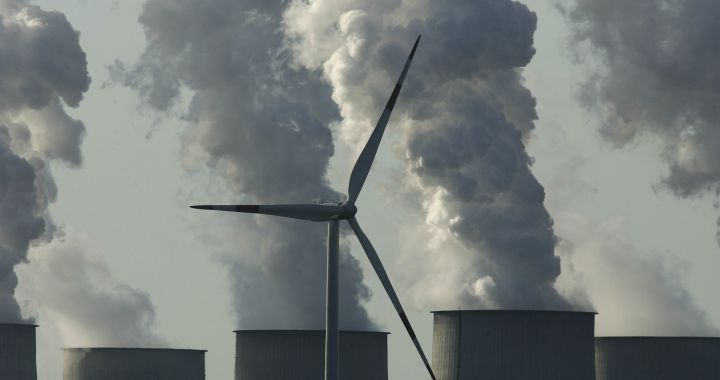Spain cannot boast of its commitment to climate change, at least in practice. This is the main conclusion that emerges from reading the new report prepared by the Observatory of Sustainability and Grand-Mère, entitled Decarbonization 2023, and that each year puts figures on the emissions of greenhouse effect at European, Spanish and Community level.
The data is compelling: throughout 2022, carbon emissions increased in our country by 9% and accounted for 34.1% of the total. In addition, those related to energy production increased by 24%.
Although this is a problem that affects the whole of society, only a handful of companies accumulate much of the blame for the problem. Actually, 20 companies they are the source of 72.5% of carbon emissions and 24.5% of the country’s total emissions.
At the top of this list, Repsol. The main oil company of our country released last year 12.5 million tons of carbon dioxide. It turns out that 2022 was also the year in which the company obtained the largest profits in its history: 4,251 million euros net.
After Repsol stands Endesa, with just over 11.5 million tonnes, and EDP, with 10.8. After them, Naturgy (7.4 million), Arcelormittal (5 million), Cepsa (4.8), FCC (3.4), Iberdrola (2.9), Enagás (2.3) and CEMEX (2 million) .
More planes, more emissions
Slightly further down the list are companies in the aerospace sector, which also experienced notable growth in their number of issues. Especially three: EasyJet, Vueling and Iberia. Air transport is the fourth emitter with a 50% increase since 2013 and a 108% increase compared to 2021, when the effects of the pandemic were still being felt.
On the other side of the scale are some sectors that have reduce emissions throughout the last few years. This is the case for cement (which has fallen by 9% in 2022 and by half since 2008) and others such as the steel industry, the steel industry (10% in 2022 and 20% since 2008).
Regarding the autonomous communities there are also big differences. Some have improved and reduced their emissions. This is the case of Castilla y León (-17%), Cantabria (-12%), Madrid (-8%), Melilla (-4%), the Valencian Community (-2%) and Ceuta (-1% ) . Conversely, those of the Basque Country (15%), Andalusia (15%), the Balearic Islands (16%), Murcia (22%) and La Rioja (23%) have increased.

